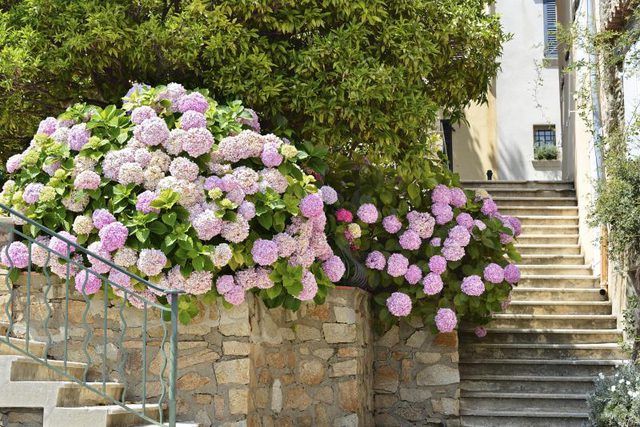Bulbs
Flower Basics
Flower Beds & Specialty Gardens
Flower Garden
Garden Furniture
Garden Gnomes
Garden Seeds
Garden Sheds
Garden Statues
Garden Tools & Supplies
Gardening Basics
Green & Organic
Groundcovers & Vines
Growing Annuals
Growing Basil
Growing Beans
Growing Berries
Growing Blueberries
Growing Cactus
Growing Corn
Growing Cotton
Growing Edibles
Growing Flowers
Growing Garlic
Growing Grapes
Growing Grass
Growing Herbs
Growing Jasmine
Growing Mint
Growing Mushrooms
Orchids
Growing Peanuts
Growing Perennials
Growing Plants
Growing Rosemary
Growing Roses
Growing Strawberries
Growing Sunflowers
Growing Thyme
Growing Tomatoes
Growing Tulips
Growing Vegetables
Herb Basics
Herb Garden
Indoor Growing
Landscaping Basics
Landscaping Patios
Landscaping Plants
Landscaping Shrubs
Landscaping Trees
Landscaping Walks & Pathways
Lawn Basics
Lawn Maintenance
Lawn Mowers
Lawn Ornaments
Lawn Planting
Lawn Tools
Outdoor Growing
Overall Landscape Planning
Pests, Weeds & Problems
Plant Basics
Rock Garden
Rose Garden
Shrubs
Soil
Specialty Gardens
Trees
Vegetable Garden
Yard Maintenance
How Tall Do Hydrangeas Get?
How Tall Do Hydrangeas Get?. Hydrangeas (Hydrangea spp.) are among the most popular deciduous garden shrubs, prized for their large blooms, dramatic leaves and, depending on species, fall color. Growth rates and mature sizes of hydrangeas vary widely, depending on species, variety and growing conditions. Some are compact enough to be grown...

Hydrangeas (Hydrangea spp.) are among the most popular deciduous garden shrubs, prized for their large blooms, dramatic leaves and, depending on species, fall color. Growth rates and mature sizes of hydrangeas vary widely, depending on species, variety and growing conditions. Some are compact enough to be grown successfully in large containers. Modern breeders have worked with traditional favorite types to create newer varieties that combine the large flower heads typical of hydrangeas with manageable sizes that work better in small spaces.
Bigleaf Hydrangea
Bigleaf hydrangea (Hydrangea macrophylla), hardy in U.S. Department of Agriculture plant hardiness zones 6 through 9, is the familiar "mophead" type found in many landscapes, with pink, blue or purple flowers. It grows fast, up to 25 inches per year, reaching an ultimate height of 6 feet or more, with an equal spread. Smaller, dwarf varieties, like "Pia" (Hydrangea macrophylla "Pia"), hardy in USDA zones 5 through 9, can be half that size, growing 2 to 3 feet tall and wide.
Panicle Hydrangea
Panicle hydrangea (Hydrangea paniculata), hardy in USDA zones 3 through 8, is often larger in size than bigleaf varieties. Though the mature size can vary greatly, the shrubs normally grow between 10 and 20 feet in height, with a similar spread. The conical white flowers are 6 to 8 inches long. These hydrangeas also grow up to 25 inches per year. Compact forms, like Pinky-Winky (Hydrangea paniculata "Dvppinky" Pinky-Winky), also hardy in USDA zones 3 thorugh 8, are smaller. Pinky-Winky, grows 6 to 8 feet tall and 5 to 6 feet wide. The flower panicles may be 12 inches long.
Oakleaf Hydrangea
Oakleaf hydrangea (Hydrangea quercifolia) is usually somewhat shorter than the panicle varieties and about the same height as standard bigleaf varieties. Hardy in USDA zones 5 through 9, it grows 4 to 6, or even 8, feet tall and sometimes even wider, as the shrubs have a suckering habit. The growth rate is slow to medium, between 12 and 24 inches per year. Compact forms, like little "PeeWee" (Hydrangea quercifolia "PeeWee"), hardy in USDA zones 5 through 9, grow only 3 to 4 feet tall and 2 to 3 feet wide. Dwarf and standard varieties bear conical flower heads.
Height Considerations
To maximize the height of any hydrangea, plant young shrubs in rich, well-drained soil that's consistently moist. Mulch with 2 inches of organic material in a 2-foot radius around the base of each plant to help conserve soil moisture, and supplement by watering during dry spells. The plants prefer light shade and will withstand direct sunlight only when they have plenty of water. Fertilize every three months with a granular flowering shrub product, like 18-6-12, applied at the rate of 1/4 cup per plant, sprinkled around the base of each plant. Water thoroughly immediately after fertilizing.